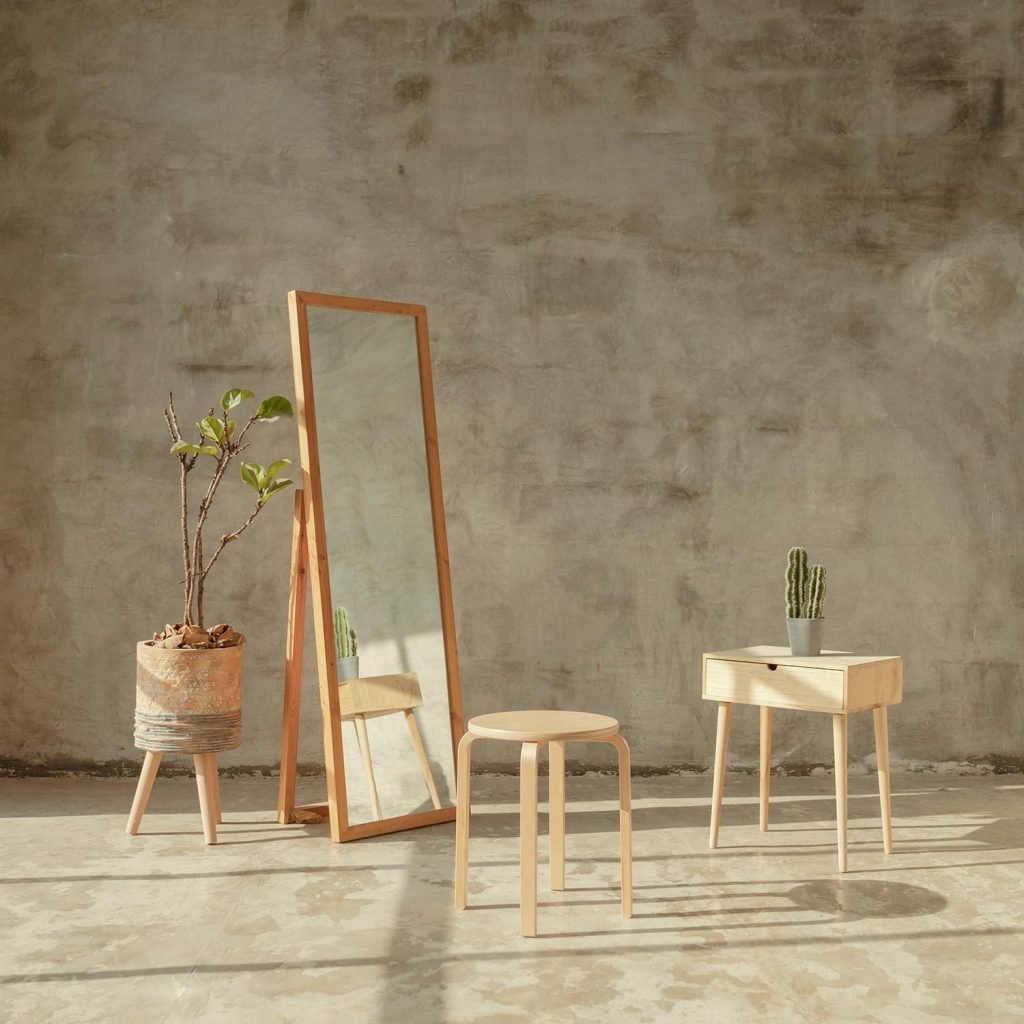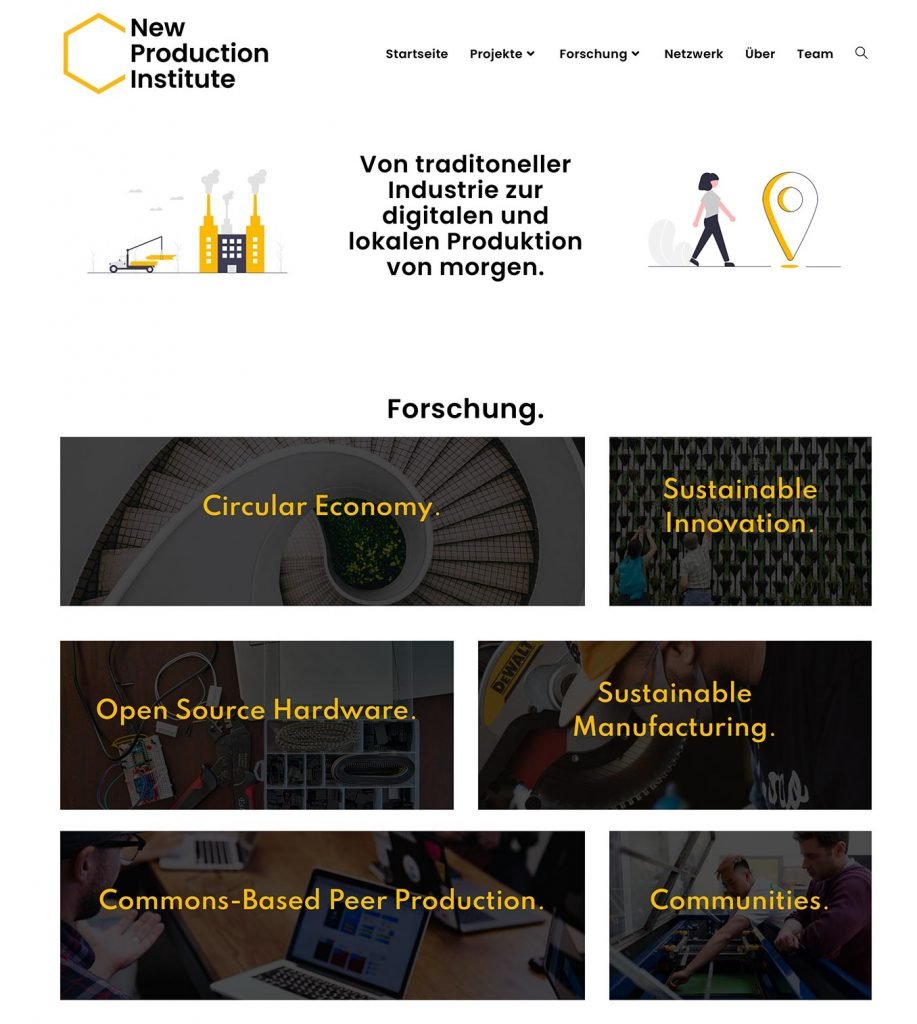Blog - News from the project
Nachhaltige Designkriterien
Production in the spirit of sustainability
Today, no one can get past the word “sustainability”. In the last decade, hardly any other term has been used in such a variety of ways. Whether in companies or in government structures, the topic of sustainability is on the agenda. But what is actually behind this, how can sustainability be measured? After all, we can only become more sustainable in the end if the improvement can be clearly demonstrated.
In current research, we speak of three dimensions of sustainability: Social sustainability, ecological sustainability, economic sustainability. In the extended discourse some even speak of the 4th dimension of sustainability, time, meaning one can even speak of “generational justice” in a figurative sense. But does this classification help the production sector to derive a benchmark for its own sustainability? The influences are manifold, so the reduction of transport distances can be a criterion, but what about raw materials and finished products? Does it make sense to transport whole trees or should wood be processed where the tree was felled and if so to which processing step. Does it make sense to transport prefabricated boards or should it be the cut trunk, knowing that this means transporting large amounts of offcuts over long distances? Other examples to measure sustainable production can be demand-driven production and energy efficiency of systems.
But the scaling effects of mass production as well as modern production forms and means (OS, lean production, global sourcing) also have a positive influence on the sustainability of the product. The life cycle assessment of individual products must become measurable; the carbon footprint could be a simple approach to establishing the necessary comparability. In this context, the increasing degree of individualization demanded by customers and the associated increase in user times seem to favor forms of local production. The product is always upstream of production, and the foundation for a sustainable product is laid as early as the design stage; for example, the wrong preselection of the wall thickness of a shelf can result in a significant increase in resource consumption. One goal could be to combine what is necessary with what is really desired by the customer. In this project, we are exploring these approaches and the impact of the different metrics in the context of local production.
In current research, we speak of three dimensions of sustainability: Social sustainability, ecological sustainability, economic sustainability. In the extended discourse some even speak of the 4th dimension of sustainability, time, meaning one can even speak of “generational justice” in a figurative sense. But does this classification help the production sector to derive a benchmark for its own sustainability? The influences are manifold, so the reduction of transport distances can be a criterion, but what about raw materials and finished products? Does it make sense to transport whole trees or should wood be processed where the tree was felled and if so to which processing step. Does it make sense to transport prefabricated boards or should it be the cut trunk, knowing that this means transporting large amounts of offcuts over long distances? Other examples to measure sustainable production can be demand-driven production and energy efficiency of systems.
But the scaling effects of mass production as well as modern production forms and means (OS, lean production, global sourcing) also have a positive influence on the sustainability of the product. The life cycle assessment of individual products must become measurable; the carbon footprint could be a simple approach to establishing the necessary comparability. In this context, the increasing degree of individualization demanded by customers and the associated increase in user times seem to favor forms of local production. The product is always upstream of production, and the foundation for a sustainable product is laid as early as the design stage; for example, the wrong preselection of the wall thickness of a shelf can result in a significant increase in resource consumption. One goal could be to combine what is necessary with what is really desired by the customer. In this project, we are exploring these approaches and the impact of the different metrics in the context of local production.
Image 1: Modern arrangement of untreated furniture, are simplicity and plainness enough to be sustainable?



